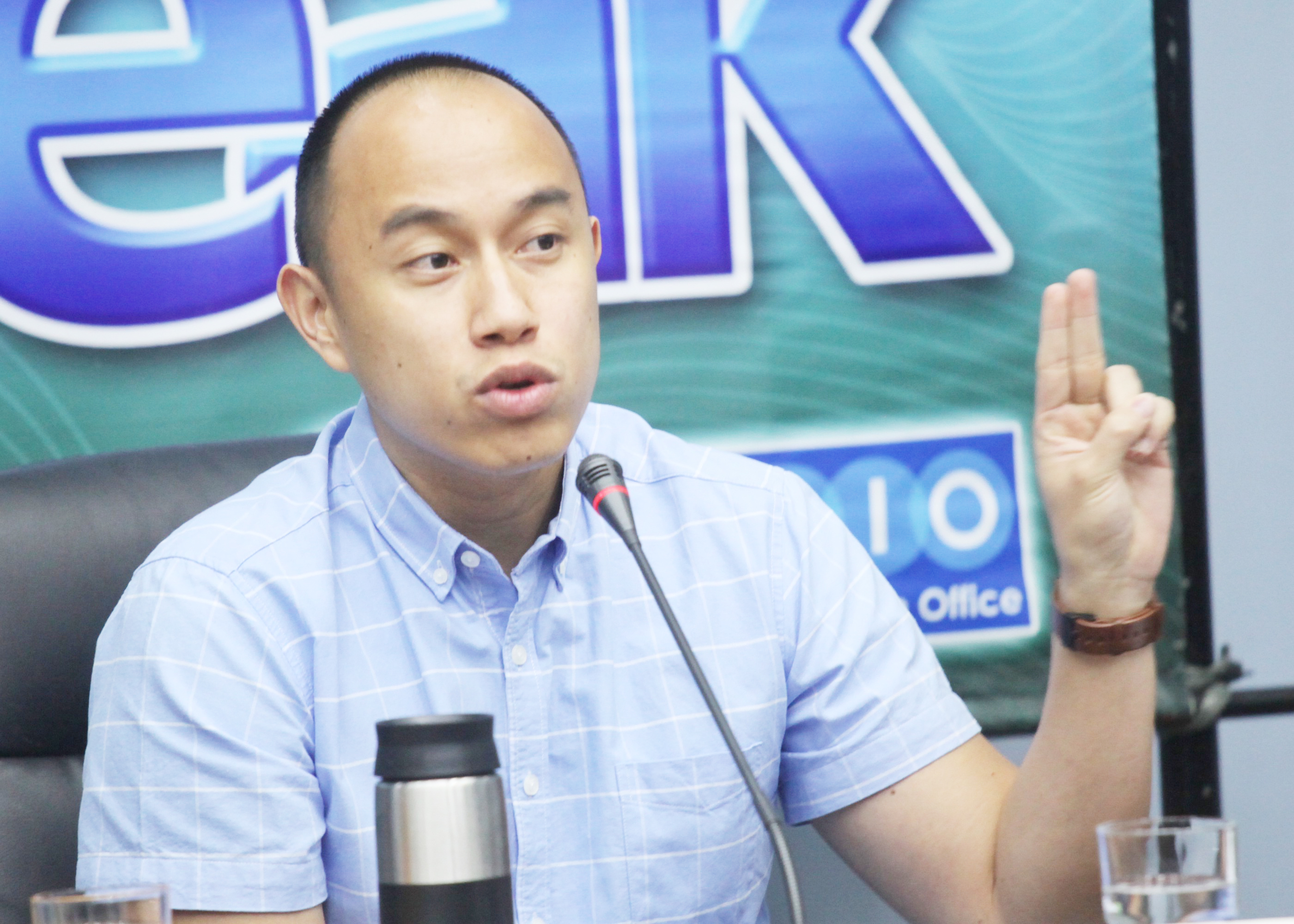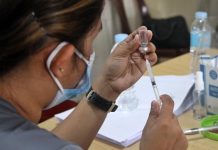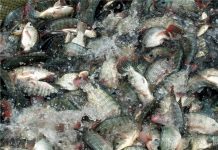
The Feasibility Study (FS) for the construction of the Waste-To-Energy (WTE) facility in Davao City is expected to be finalized early next month.
Lawyer Tristan Dwight Domingo, assistant city administrator, told media that the FS will be concluded this month and the consultant is now finalizing the legal aspect of the project, financial projection or estimates of the project and the technical, which is the recommended designs and specifications of the WTE facility.
“I think if not February basin early March ma-finalize na ang study. Nakabutang na didto tanan,” he said.
The Japanese government has already extended P2.5 billion for the project through official development assistance (ODA). Japan’s grant will be used to build the facility to reduce the city’s solid waste and convert it into electricity.
Domingo said the city is now planning to request the national government to fund the project.
“Naghatag ang Japanese government ug around P2.5 billion that was extended to the city or the Philippines. Under the project scheme dati the government would give a fix tariff or rates sa energy na ibaligya, apparently right now the Department of Energy already told us na wala na to dili na available ang fix na price sa pagbaligya ug kuryente and because of that the financial projection sa study was changed that is why we see the need na mag-request ta sa national government to help fund the facility para mapadayon ang project. Under the project scheme ang kuryente is ibaligya, kinahanglan naay taker such as Davao Light or kinsa man ang mupalit puhon,” Domingo explained.
When fully operational, the entire facility would be generating around 11 megawatts per day and around 9 megawatts of that will be available while the 2 megawatts will be used to power the facility itself.
“Kanang 9 MW it would be thrown to the grid. Now if the city would decide na kita ang mupalit ana we can always enter into a power purchase agreement,” he said.
Domming added that the selection to operate the facility will undergo a bidding process. He added that presently there are no bidders yet as the project is still on FS stage.
He reiterated the need to establish a WTE facility as the trend of garbage collected in the city is increasing.
Based on the City Environment and Natural Resources Office (CENRO) the city is generating around 900 tons of garbage per day last year but the city’s landfill ended up with around 600 tons while 300 tons of garbage went to the recyclers or reused into other forms.
“Didto sa atong landfill naa pa jud tay informal scavengers ug katong mapuslan pa jud naa pa nahibilin ug magamit pa jud nila either i-re-purpose ba to nila. More or less ang naa sa atoang landfill kasagaran are residual wastes katong dili na jud mapuslan,” he said.
Domingo said the city is now eyeing new area to be used as a sanitary landfill to cater to an average of 900 tons of wastes a day in the city.






